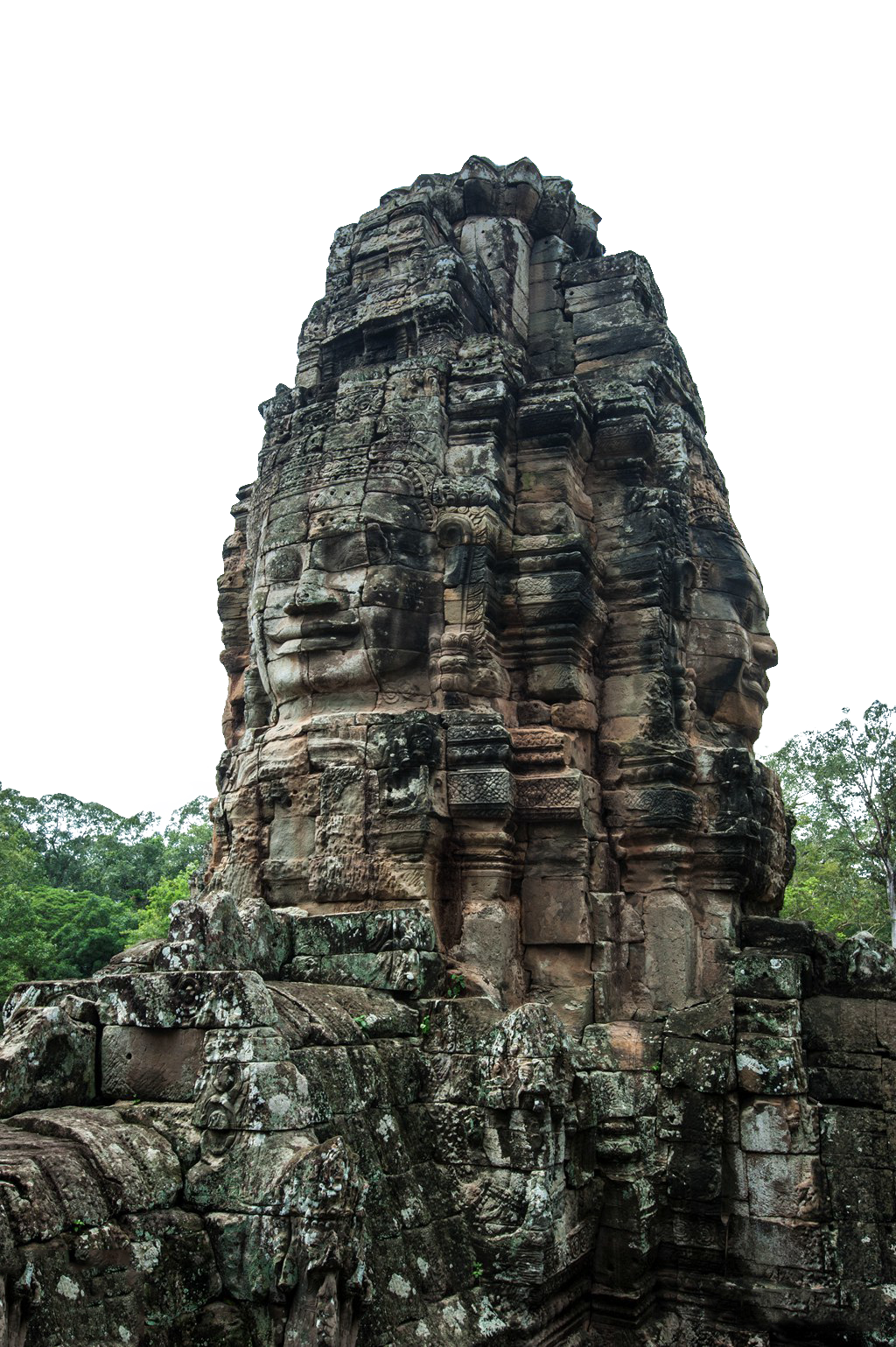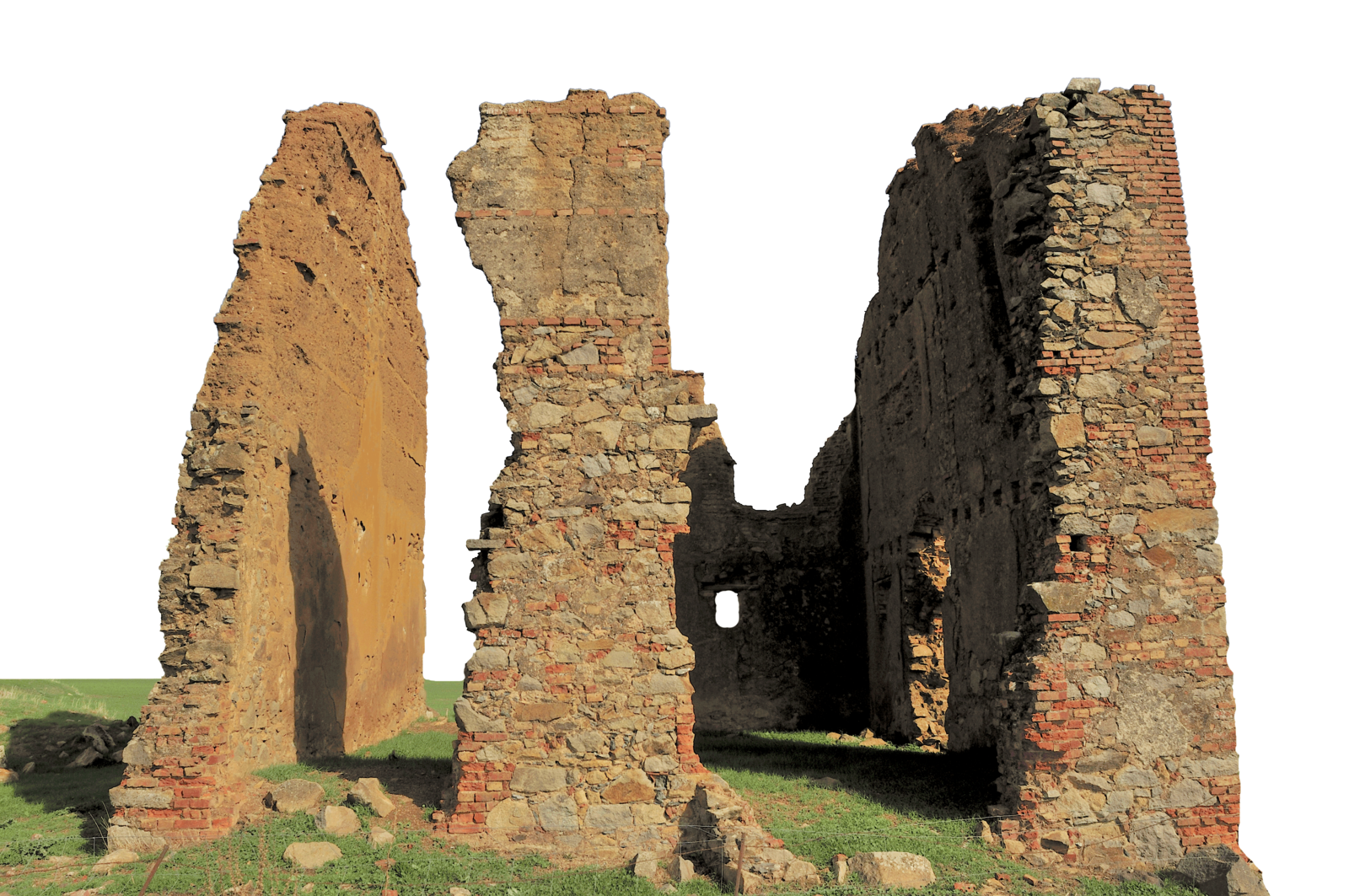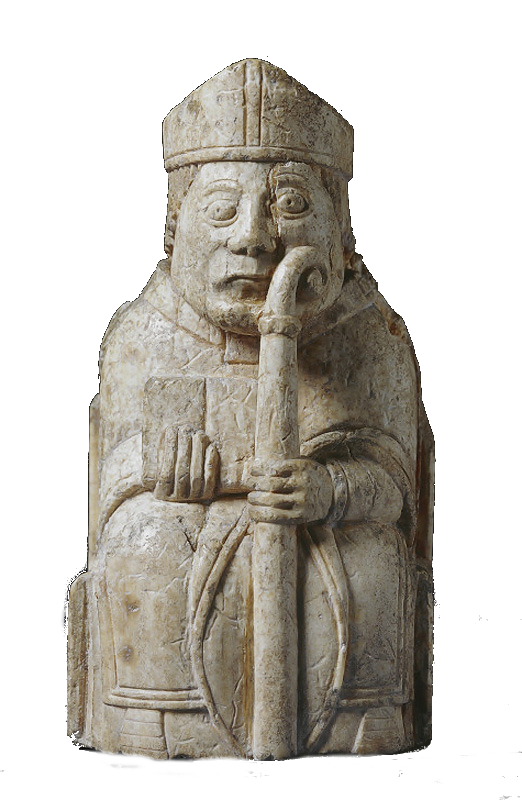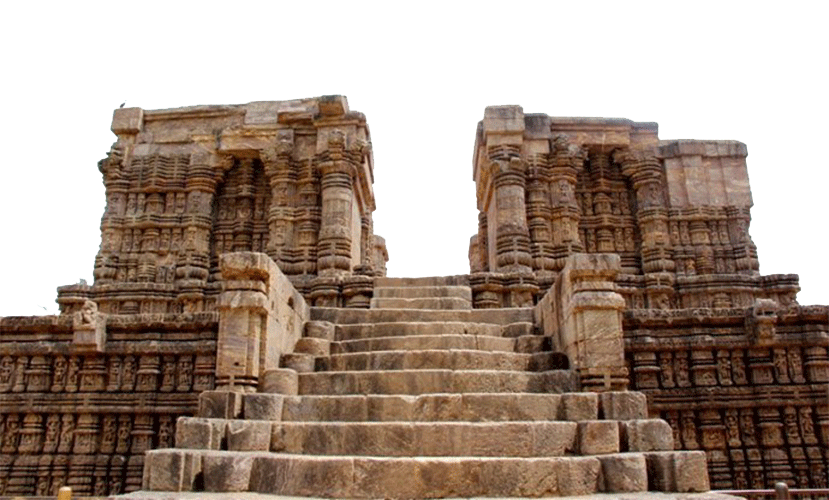Archaeologists in Senegal have uncovered skeletons with bullets lodged in the bodies during the first excavation of a cemetery at the former military camp of Thiaroye outside Dakar, where French soldiers massacred African colonial troops.
Excavations at the Thiaroye military cemetery began in early May. These are aimed at shedding light on the events of 1 December, 1944, when African riflemen who had fought for France during the Second World War – known as tirailleurs – were shot dead after protesting against unpaid wages.
The episode marks one of the worst massacres during French colonial rule, and questions remain concerning the number of soldiers killed, their identities and where they were buried.
French authorities at the time said 35 people had been killed, but historians say the real death toll could be as high as 400.
"Human skeletons were discovered with bullets in their bodies, some in the chest," a source close to the matter told France's AFP news agency, adding that the bullets were of different calibres.
Only a small section of the cemetery has been excavated so far, the source said, adding that forensic analysis is now required to determine the type of bullets and weapons used and to identify individuals buried at the site.
Léa-Lisa Westerhoff, RFI's correspondent in Senegal, said the operation "has been carried out in near-total secrecy" and there has been no official disclosure of the archeological surveys' findings.
"Some say it's 'too early to talk about it' while others mention a report that is currently being drafted and will be submitted to Senegalese authorities before being made public," she said.
This would most likely be after the Muslim holiday of Eid al-Adha, known as Tabaski in Senegal, she added.
Around 1,600 soldiers from West Africa arrived at the Thiaroye camp in November 1944, having been captured by Germany while they were fighting for France.
Discontent soon mounted over unpaid wages and demands to be treated on a par with white soldiers. Some protesters refused to return to their home countries without their due.
The French forces opened fire on the soldiers on 1 December of that year.
Researchers have long called for excavations at the Thiaroye cemetery and the nearby military camp.
In February, the Senegalese government, which accuses France of withholding archival documents which would shed light on the death toll, announced the excavations as a means to "uncover the whole truth".
Last November, France acknowledged the massacre the day before commemoration of its 80th anniversary, which Senegal marked on an unprecedented scale.
The tirailleurs unit was formed in 1857 in Senegal and troops were recruited from throughout Central and West Africa to defend the French colonial empire.
During the First World War around 200,000 were transported to Europe to fight in the trenches, and nearly 30,000 died there in decisive battles such as Verdun.
(with newswires)



